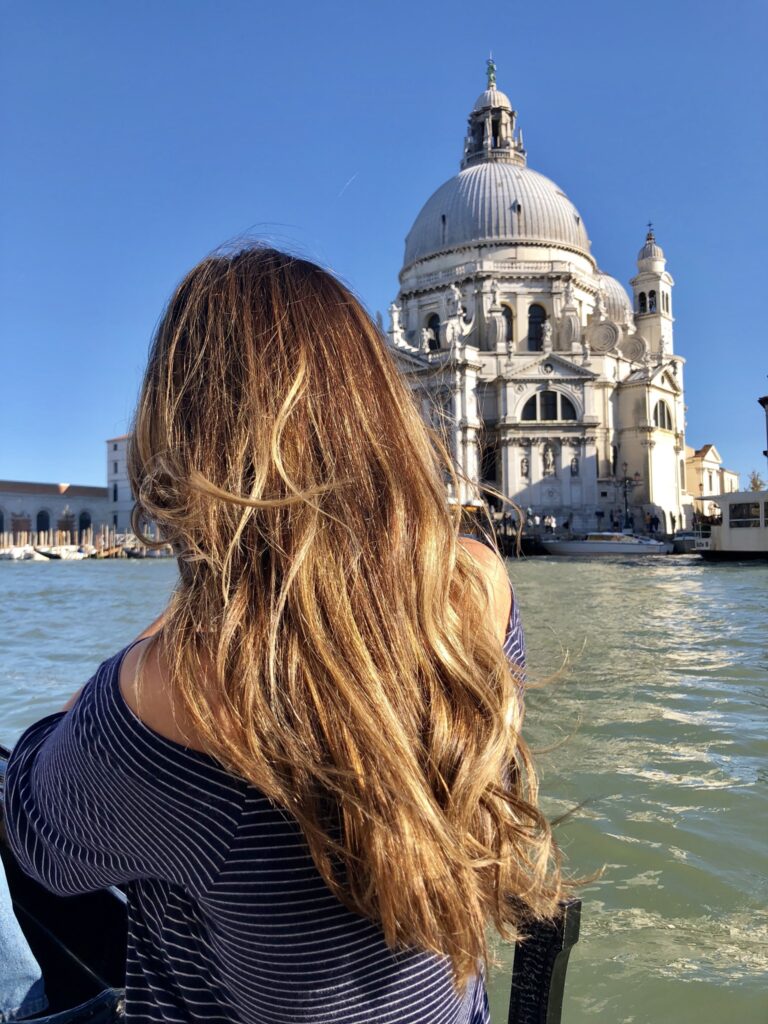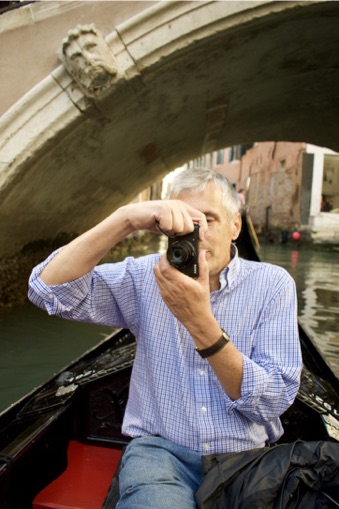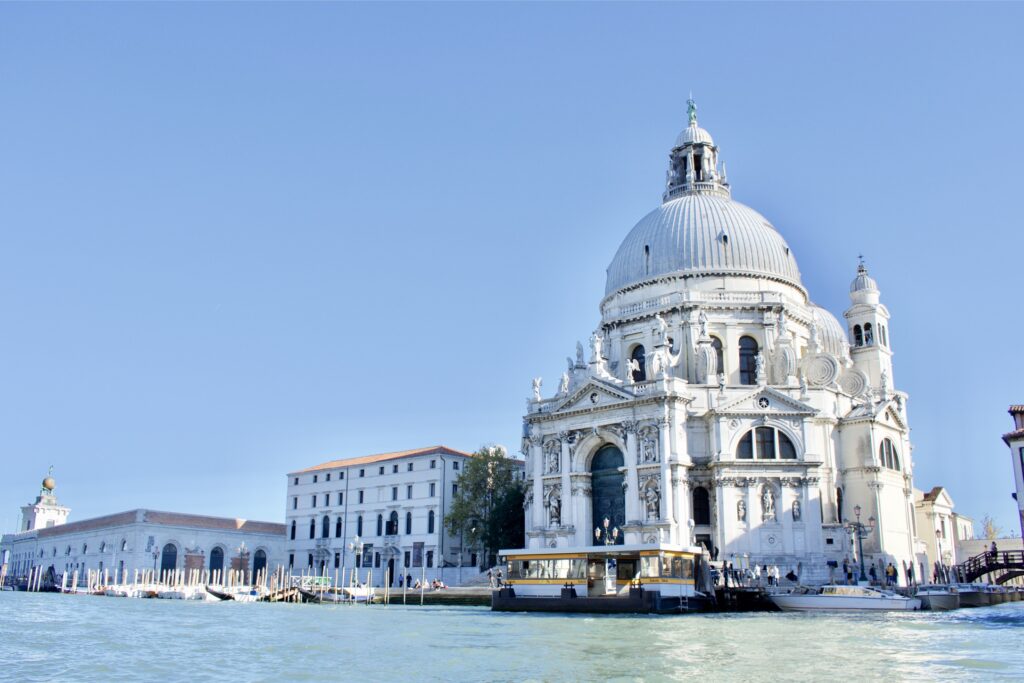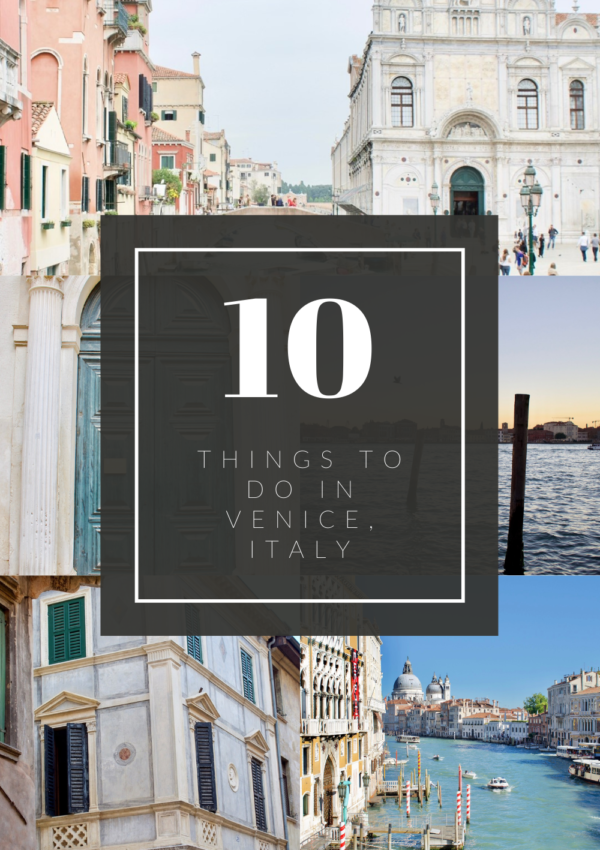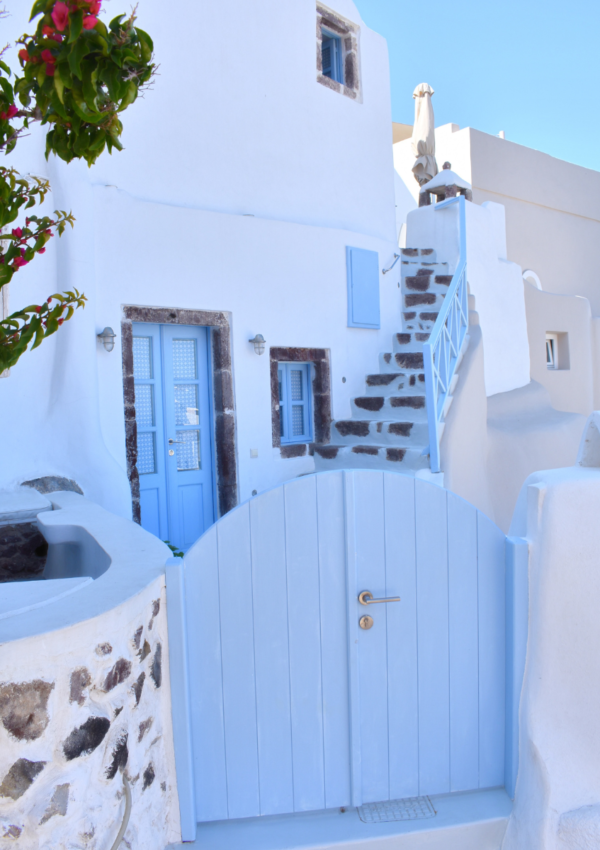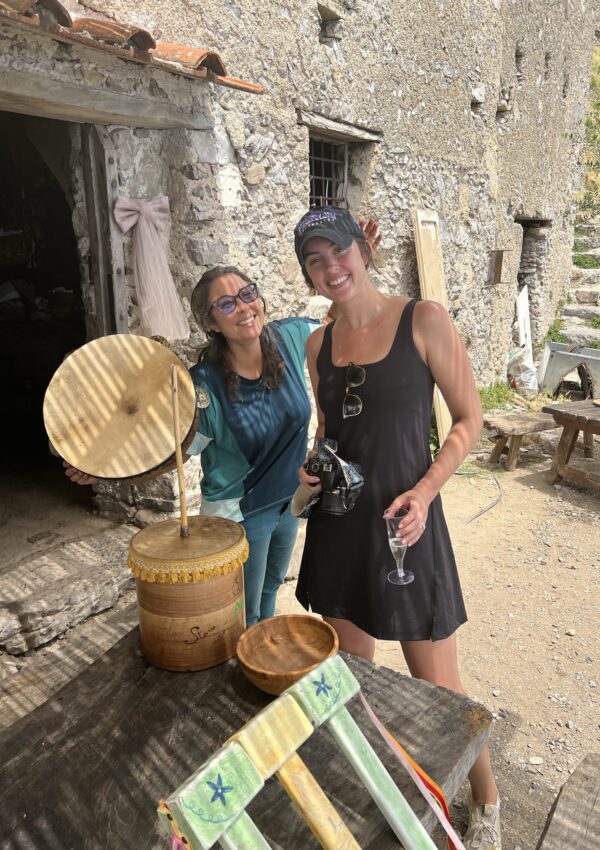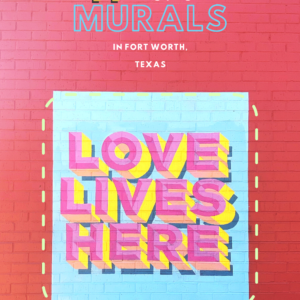1. St. Mark’s Basilica






Built: 828, consecrated in 1094
Design Elements: Gothic/ Italo- Byzantine architecture; gold mosaics (“Church of Gold”), Several Jewels inside (1300 Pearls, 300 Sapphires, 300 emeralds, 400 garnets, 100 amethysts, rubies, & topazes). There are several treasures from The Crusades & Constantinople (4 Bronze horses).
Story: The walls near the entrance tell a story that St. Mark’s body was stolen by gravediggers. They pulled off this stunt by hiding the body under layers of pork in barrels! While the successful robbers thought they were in the home stretch on sea, they experienced a terrible storm. Just when the fear set in the travelers might not survive, St. Mark himself appeared to the captain and instructed him to lower the sails. As a result, they lived. They were thankful for this miracle.
2. The Doge’s Palace






Built: 1340; several rebuilds due to age/ fires
Design Elements: Law courts, courtyards, admin offices, ballrooms, grand staircases, prisons. The architect, Filippo Calendario selected several artists (Giovanni Bellini, Alvise Vivarini, Vittore Caerpaccio) to paint intricate murals on several walls and ceilings. One large room in the palace is actually one of the largest rooms in Europe (53 meters long and 25 meters wide).
Story: For the Ruler of Venice/ “Doge” + Political bodies of the State. My favorite element is the palace’s connection to the Bridge of Sighs. This was named so because it was often the last view prisoners saw before being thrown in a cell.
3. St. Mark’s Campanile

Built: 887-912; rebuilt in 1903 due to collapse (several earthquakes)!
Design Elements: 323 feet tall, 5 bells, Lion of St. Mark
After touring the big three, we took a gondola ride (touristy, I know). Dad got the Instagram spot for pictures at the front of the gondola!
